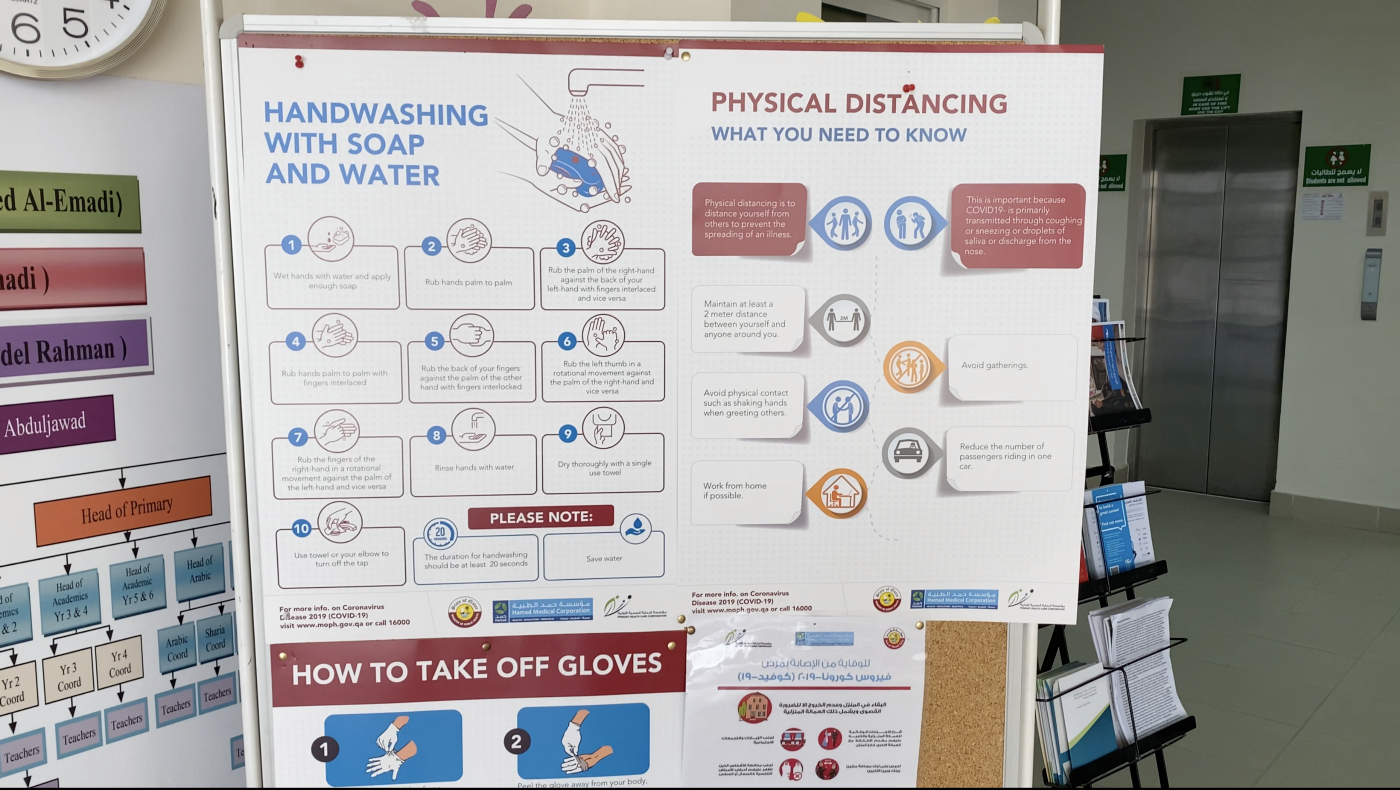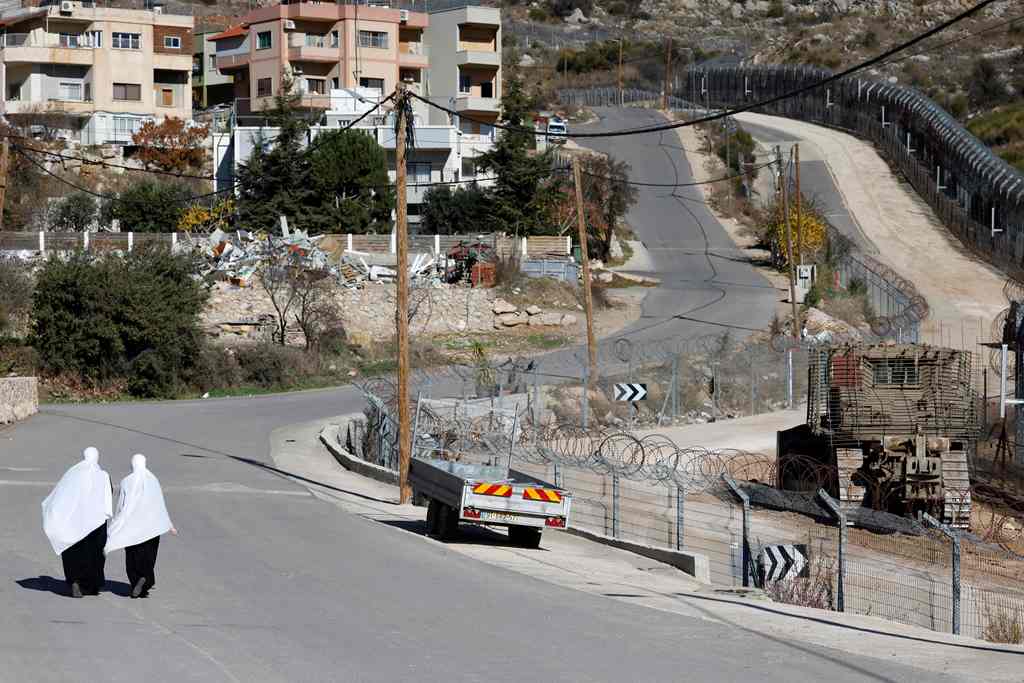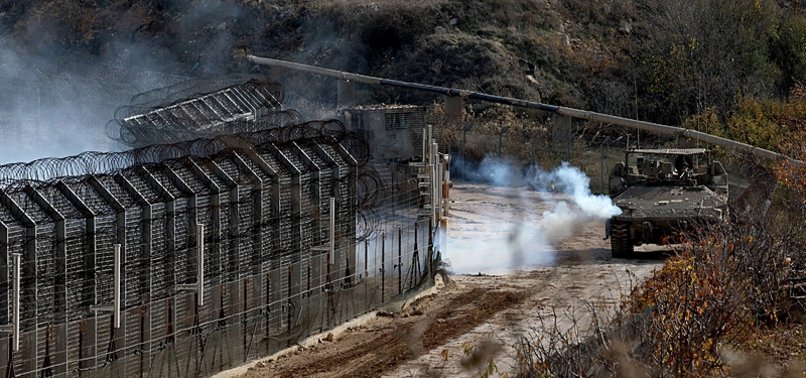As schools reopen on September 1 despite the COVID-19 pandemic, the Ministry of Education has announced a policy of blended learning during a three-phased back to school program.
Blended learning is an approach to education that combines online educational materials and opportunities for interaction with traditional place-based classroom methods.
Schools in Qatar have created their own versions of blended learning for maximum pedagogical impact.
At ACS International School Doha for example, students have been divided into two groups, A and B. During the week, Group A will have to come to school on Sunday, Tuesday and Thursday, while Group B will take in-person classes on Mondays and Wednesdays. The following week, this will be flipped, allowing all students to attend in-person classes at least twice during a given week. Students will be placed in bubbles based on their groups and years and the bubbles will not be allowed to interact with each other.
One of the benefits of blended learning is that it allows for increased student agency and fairness because everyone can have a voice.
“It’s not just 50% online and 50% physical. It’s implementing what is done well online, like collaboration and equality and we’re doing more of the numeracy, literacy and skill-building in the face-to-face model,” Caroline Rennie, Deputy Head of ACS International School Doha told Doha News.
Another institution, the American School of Doha is preparing to bring students into the school later than other schools, in the third week of September. While they too have allotted students into a Group A and B, similar to other schools, pupils will alternate daily between online classes and physically attending school. Teachers will also broadcast their lessons to the students at home synchronously while they are teaching the children who are physically attending class.

“Anyone who is running a school in the COVID environment has to develop a plan to track and trace where the kids are,” said Steve Razidlo, Director of ASD. “When you do, many schools, ASD included, will value the core educational experience first.”
Parents’ feedback about blended learning has been mixed. While some working parents are keen on their kids to go back to school physically, others are still concerned about their children’s’ health and safety and that of their families, by extension.
Kimberly Sheedy, parent of a 16-year-old student at American School of Doha, is not necessarily concerned about the older students, as much as those in primary school. “For a 16-year-old, they’ve got the life skills and common sense to take their own temperature and wear a mask. The issue is the 5 to 8-year-olds,” she said.
Some parents have taken to Twitter to ask the Ministry of Education to disband the blended approach in favour of opening schools up to full capacity to help families where both parents are working. Whilst others have requested the Ministry to postpone the reopening of schools to next year.
“What everyone’s biggest challenge is how do we balance the health and safety of our children while maintaining the programs we have in place,” Rennie added. “How do we do blended learning where we take it as an opportunity rather than sit there and say it’s a restriction.”
Are you concerned about schools reopening too soon or do you think that the blended learning model will be successful?







